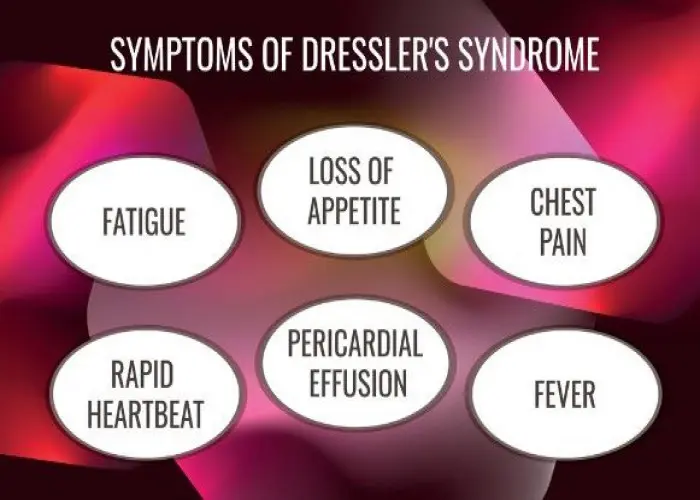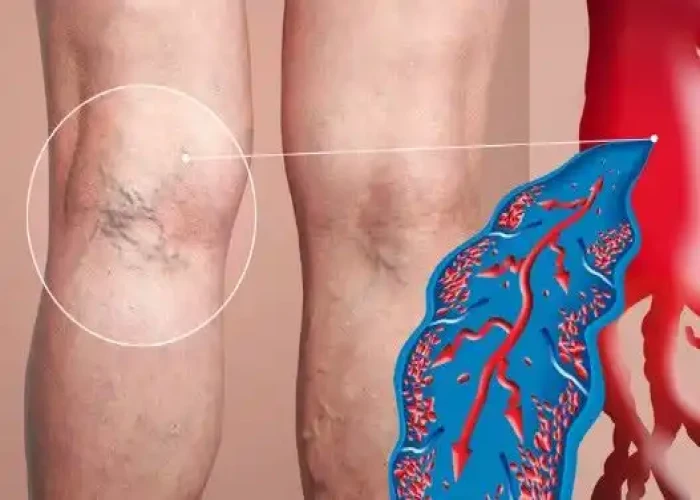 Welcome
Welcome
“May all be happy, may all be healed, may all be at peace and may no one ever suffer."
Diabetic ketoacidosis (DKA)

Diabetic ketoacidosis (DKA) is a serious complication of diabetes that occurs when the body produces high levels of ketones due to a lack of insulin. Ketones are chemicals produced by the liver when the body burns fat for energy instead of glucose. High levels of ketones can be dangerous and cause the blood to become too acidic.
DKA is most commonly seen in people with type 1 diabetes, but it can also occur in people with type 2 diabetes. The condition may develop rapidly over a few hours or days and can lead to coma or even death if left untreated.
The symptoms of DKA include frequent urination, excessive thirst, dry mouth, nausea, vomiting, abdominal pain, fruity-scented breath, shortness of breath, confusion, and drowsiness. If you experience any of these symptoms, it is important to seek medical attention immediately.
The treatment of DKA involves restoring fluid and electrolyte balance, and correcting high blood sugar levels. People with DKA are often hospitalized and given intravenous fluids to rehydrate their body. Insulin is also given to lower blood sugar levels and promote the use of glucose for energy. In severe cases, oxygen therapy and medication to control electrolyte imbalances may also be necessary.
Preventing DKA involves proper diabetes management, including regular monitoring of blood sugar levels and taking insulin as prescribed. People with diabetes should also follow a healthy diet, engage in regular physical activity, and avoid excessive alcohol consumption.
In conclusion, DKA is a serious complication of diabetes that requires prompt treatment to prevent serious complications and even death. By managing your diabetes and taking steps to prevent complications, you can help protect your health and well-being. If you experience symptoms of DKA, seek medical attention immediately.
Research Papers
Disease Signs and Symptoms
- Excessive thirst
- High blood sugar
- Confusion (Hallucinations)
- Fruity breath odor
- Shortness of breath (dyspnea)
- Fatigue (Tiredness)
- Weakness
- Abdomen pain
- Nausea or vomiting
- Frequent urination
- Diabetes
Disease Causes
Diabetic ketoacidosis
Sugar is a main source of energy for the cells that make up your muscles and other tissues. Normally, insulin helps sugar enter your cells.
Without enough insulin, your body can't use sugar properly for energy. This prompts the release of hormones that break down fat as fuel, which produces acids known as ketones. Excess ketones build up in the blood and eventually "spill over" into the urine.
Diabetic ketoacidosis is usually triggered by:
- An illness. An infection or other illness can cause your body to produce higher levels of certain hormones, such as adrenaline or cortisol. Unfortunately, these hormones counter the effect of insulin — sometimes triggering an episode of diabetic ketoacidosis. Pneumonia and urinary tract infections are common culprits.
- A problem with insulin therapy. Missed insulin treatments or inadequate insulin therapy or a malfunctioning insulin pump can leave you with too little insulin in your system, triggering diabetic ketoacidosis.
Other possible triggers of diabetic ketoacidosis include:
- Physical or emotional trauma
- Heart attack or stroke
- Pancreatitis
- Pregnancy
- Alcohol or drug abuse, particularly cocaine
- Certain medications, such as corticosteroids and some diuretics
Disease Prevents
Diabetic ketoacidosis
There's much you can do to prevent diabetic ketoacidosis and other diabetes complications.
- Commit to managing your diabetes. Make healthy eating and physical activity part of your daily routine. Take oral diabetes medications or insulin as directed.
- Monitor your blood sugar level. You might need to check and record your blood sugar level at least three to four times a day, or more often if you're ill or stressed. Careful monitoring is the only way to make sure that your blood sugar level stays within your target range.
- Adjust your insulin dosage as needed. Talk to your doctor or diabetes educator about how to adjust your insulin dosage in relation to factors such as your blood sugar level, what you eat, how active you are, and whether you're ill. If your blood sugar level begins to rise, follow your diabetes treatment plan to return your blood sugar level to your target range.
- Check your ketone level. When you're ill or stressed, test your urine for excess ketones with an over-the-counter urine ketones test kit. If your ketone level is moderate or high, contact your doctor right away or seek emergency care. If you have low levels of ketones, you may need to take more insulin.
- Be prepared to act quickly. If your blood sugar is high and you have excess ketones in your urine, and you think that you have diabetic ketoacidosis, seek emergency care.
Diabetes complications are scary. But don't let fear keep you from taking good care of yourself. Follow your diabetes treatment plan carefully. Ask your diabetes treatment team for help when you need it.
Disease Treatments
If you're diagnosed with diabetic ketoacidosis, you might be treated in the emergency room or admitted to the hospital. Treatment usually involves:
- Fluid replacement. You'll receive fluids — either by mouth or through a vein — until you're rehydrated. The fluids will replace those you've lost through excessive urination, as well as help dilute the excess sugar in your blood.
- Electrolyte replacement. Electrolytes are minerals in your blood that carry an electric charge, such as sodium, potassium and chloride. The absence of insulin can lower the level of several electrolytes in your blood. You'll receive electrolytes through a vein to help keep your heart, muscles and nerve cells functioning normally.
- Insulin therapy. Insulin reverses the processes that cause diabetic ketoacidosis. In addition to fluids and electrolytes, you'll receive insulin therapy — usually through a vein. When your blood sugar level falls to about 200 mg/dL (11.1 mmol/L) and your blood is no longer acidic, you may be able to stop intravenous insulin therapy and resume your normal subcutaneous insulin therapy.
As your body chemistry returns to normal, your doctor will consider additional testing to check for possible triggers for the diabetic ketoacidosis. Depending on circumstances, you might need additional treatment.
For example, your doctor will help you create a diabetes treatment plan. If a bacterial infection is found, he or she might prescribe antibiotics. If a heart attack seems possible, your doctor might recommend further evaluation of your heart.
Disease Diagnoses
Disease Allopathic Generics
Disease Ayurvedic Generics
Disease Homeopathic Generics
Disease yoga
Diabetic ketoacidosis (DKA) and Learn More about Diseases

Dressler syndrome

Mumps

Gastric Ulcer

Night Discharge

Heart failure

Iron deficiency anemia

Amyloidosis

Varicose veins
Diabetic ketoacidosis, dka, ডায়াবেটিক কাটোয়াসিডোসিস, ডিকেএ
To be happy, beautiful, healthy, wealthy, hale and long-lived stay with DM3S.
